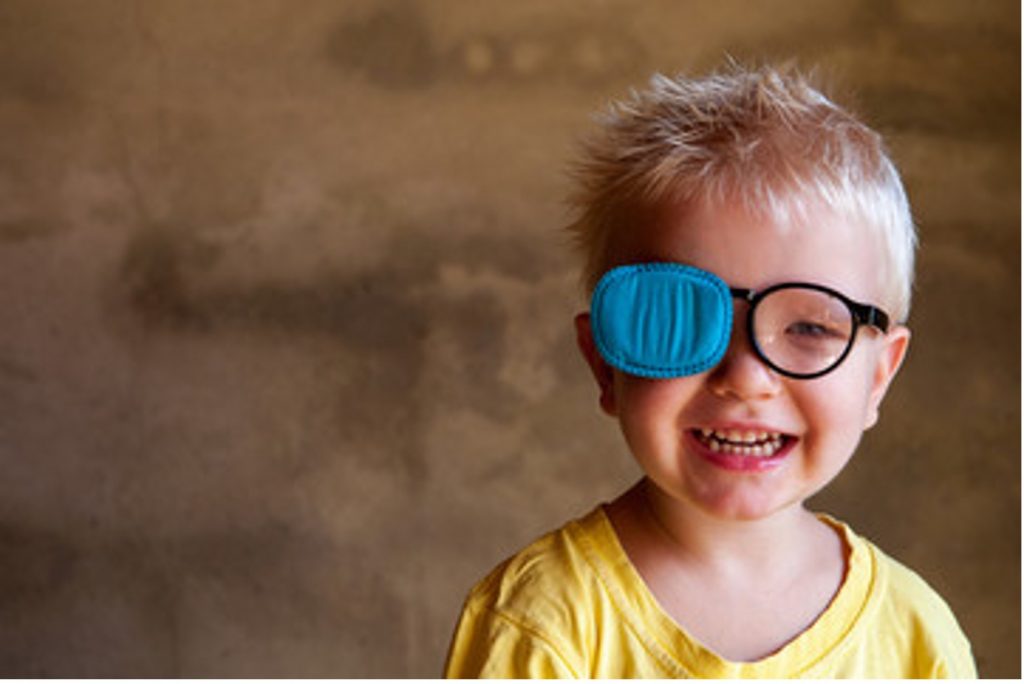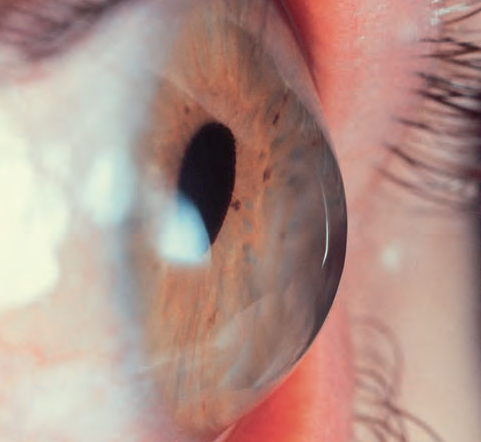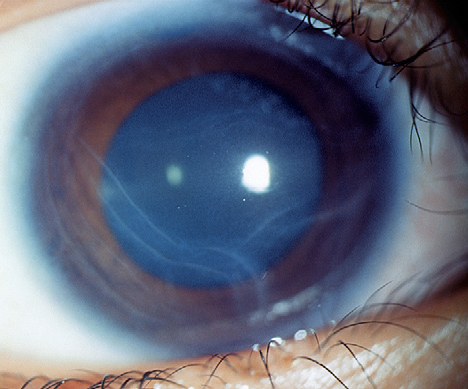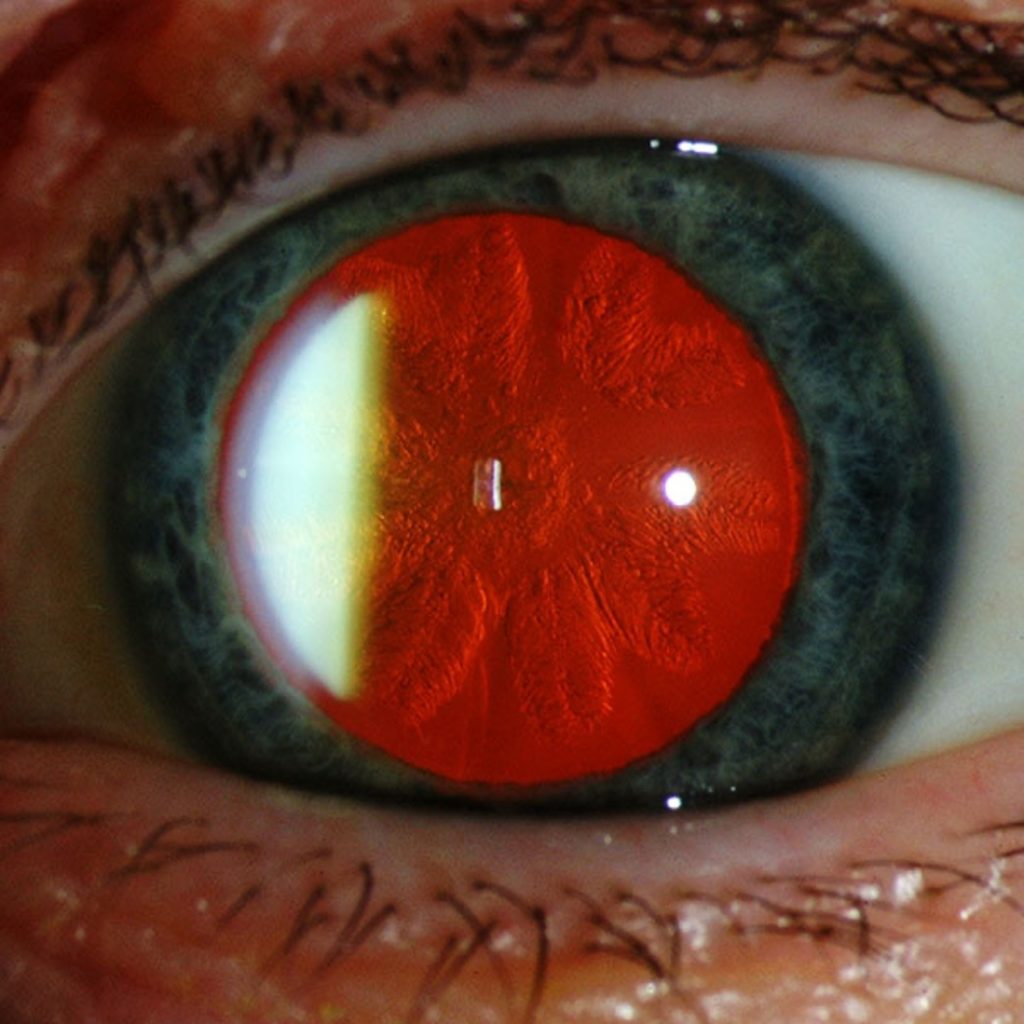Squint (Strabismus) in Adults

What is Squint? A squint (strabismus) is a condition where the two eyes look in different directions and are misaligned (the two eyes do not point in the same direction). Whilst one eye looks forwards to focus on an object, the other eye turns either inwards, outwards, upwards, or downwards. Can squint be treated/ corrected? […]
Amblyopia

What is Amblyopia? Amblyopia or Lazy eye is a condition where one eye sees less well than the other. This develops when the vision in one eye doesn’t develop properly in childhood which results in the child seeing less clearly out of one eye and relying more on the other ‘good’ eye. What leads to […]
Keratoconus in children

What is keratoconus? Keratoconus is a condition where the clear window of the eye (Cornea) which normally has a regular curved shape becomes conical. This happens due to weakening of the cornea. Keratoconus is a rare condition and numbers of people affected vary from 1 in 500 to 1 in 2000 people. Keratoconus usually starts […]
Paediatric Cataracts

A cataract occurs when the lens of the eye is cloudy or opaque. Cataracts in babies and children are rare. In the UK, around 3 to 4 in every 10,000 babies are born with cataracts. Childhood cataracts are often referred to as: In children, cataracts can affect 1 or both eyes and may appear in […]
Paediatric Glaucoma

Glaucoma occurs when the pressure within the eye builds up (the intraocular pressure, IOP) and damages the optic nerve. It is very rare in children but can occur from birth or later on in childhood. About five in 100,000 children are born with glaucoma or develop it in childhood. Some types of pediatric glaucoma are […]
Paediatric Neuro-ophthalmology

Mr Shenoy is a fellowship trained specialist in dealing with Neurological conditions that affect the children’s eyes. Optic Nerve Drusen This includes the diseases of the: Papilledema
Genetic Eye Disorders

Genetic factors can play a role in many kinds of eye disease, some of which are leading causes of blindness in infants, children, and adults. The common genetic eye disorders affecting children include:
Chalazion/ Eye lid cysts

What is a chalazion/ Eye lid cyst? A chalazion, also known as a meibomian cyst, is a common condition affecting the eyelid. This forms because the duct of an oily gland in the eyelid becomes blocked. Chalazion often occurs with blepharitis (inflammation of the eyelid margins). The fluid-filled swelling (cyst) is usually felt as a […]
Adult cataract surgery

What is cataract? Cataract is a normal ageing process where the lens of your eye (the clear part of the eye that helps to focus light) becomes cloudy or loses its transparency. Cataracts are very common as you get older. One or both eyes can be affected. What are the symptoms of cataract? Symptoms include […]
Blocked tear duct/ Sticky eyes in babies and young children

What is blocked tear duct? Tear duct (Nasolacrimal duct) is a small tube that drains tears from the eyes. A blockage in this tube prevents the tears from draining and causes persistent watering from a child’s eyes or have repeated episodes of stickiness. Blocked tear duct affects approximately 6% of newborns and is the most […]
